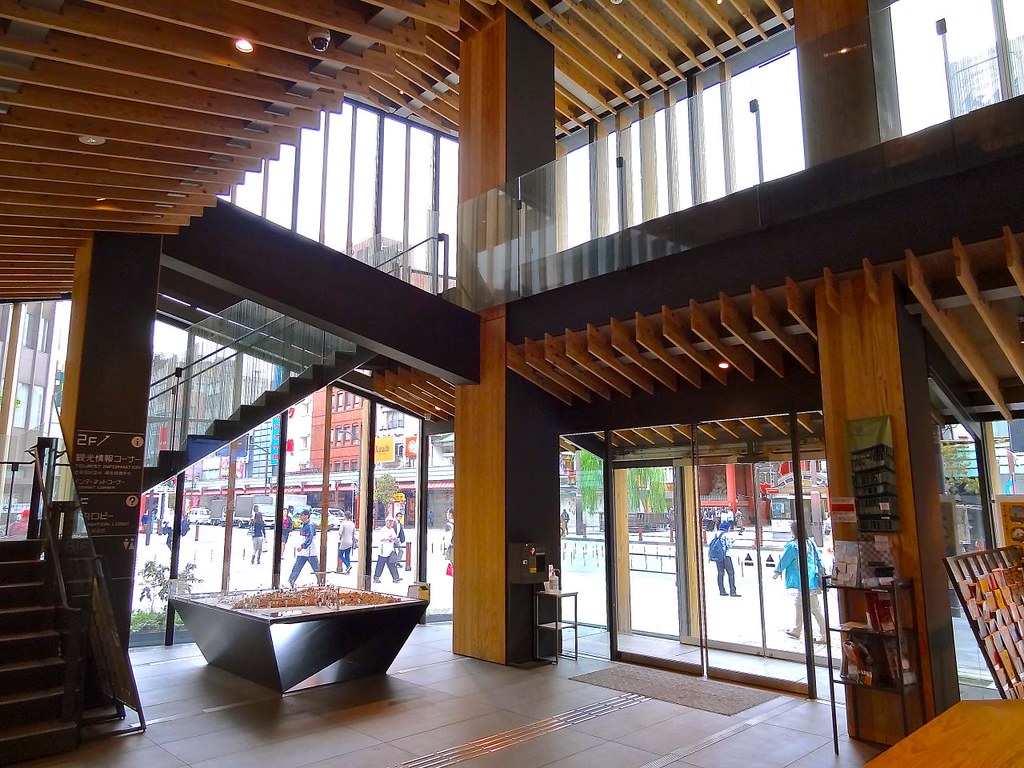
Arch2O.com
Arch2O.com - Architecture & Design Magazine
Architects are dreamers. Period. They just don’t take “no” for an answer when it comes to realizing their designs. However, this doesn’t always come easy, owing to the physical limitations in construction and obstacles in finance.
Engineers are the ones who realize those dream-projects. They are the ones who deal with laws of physics and money. So, naturally, when an architect and an engineer collaborate, they often come up with a masterpiece that remains carved in the memories of many generations. Stick around to see some of these fruitful collaborations:
1) Heydar Aliyev Center, Baku, Azerbaijan
Engineer: Werner Sobek, AKT and Tuncel Engineers
Architect: Zaha Hadid Architects
The undulating appearance of the center makes it one of the most remarkable works of Zaha Hadid Architects. The steel framework contributed to the structural strength of the building which accompanied its outstanding curvaceous design.
2) Canton Tower, Guangzhou, China
Engineer: Arup Associates
Architect: Information Based Architecture
Canton Tower ranks fifth on the list of the world’s tallest free-standing structures and is an iconic landmark in the Chinese city, Guangzhou. The 610-meter-high twisting structure is dubbed the “supermodel” by the people of the city.
3) The Interlace, Singapore
Engineer: Arup Associates and RSP Architects Planners Engineers
Architect: OMA
The residential building is composed of gigantic multiple-floor volumes which appear to be randomly distributed. This arrangement doesn’t only provide vast areas for outdoor activities but is also ideal for Singapore’s tropical weather.
4) Busan Cinema Center, Busan, South Korea
Engineer: Bollinger + Grohmann
Architect: Coop Himmelb(l)au
The flying roof of the cinema center makes it one of the biggest cantilevered buildings in the world. The center, that hosts several cultural activities, was realized by engineers from Bollinger + Grohmann, in addition to architects from Coop Himmelb(l)au.
5) Kingdom Tower, Jeddah, Saudi Arabia
Engineer: Langan International and Thornton Tomasetti
Architect: Adrian Smith + Gordon Gill Architecture
Saudi Arabia’s ambition to top Emirates hasn’t just stopped at the economic arena. It has also extended to include a contest of skyscrapers. Built to exceed the height of Burj Khalifa, Jeddah tower is set to be the tallest building in the world and is expected to open in 2020.
6) Mercedes-Benz Stadium, Atlanta, United States
Engineer: BuroHappold
Architect: HOK
The retractable roof of the stadium is composed of eight gigantic segments of ETFE, mimicking the wings of falcons. They are left open in fine weather so that people can enjoy the breeze and the views.
7) Sky Pool at the Embassy Gardens, London, United Kingdom
Engineer: Arup Associates and Eckersley O’Callaghan
Architect: HAL Architects
The architects and the engineers of the project teamed up with Reynolds for aquarium design to create a one-of-a-kind pool. The 90-feet-long pool is designed to be hanging in the air between two towers and is completely transparent like a fish tank.
8) Queen Alia International Airport, Amman, Jordan
Engineer: BuroHappold
Architect: Foster + Partners and Maisam Architects and Engineers
The concrete canopies at the new terminal of the Jordanian airport resemble palm trees which the country is famous for. They feature shallow concrete domes that act like palm leaves, as they shade the facade while letting daylight pass through. That was all possible thanks to the structural strength of the heavyweight-concrete building.
The post 8 Buildings Architects Dreamed of and Engineers Made Come True appeared first on Arch2O.com.
https://www.arch2o.com/buildings-architects-dreamed-engineers-made/ January 31, 2018 at 07:30PM https://www.arch2o.com/wp-content/uploads/2017/10/ARCH2O-Buildings-Architects-Dreamed-of-Engineers-Made-Come-True-750x400.jpg






























































